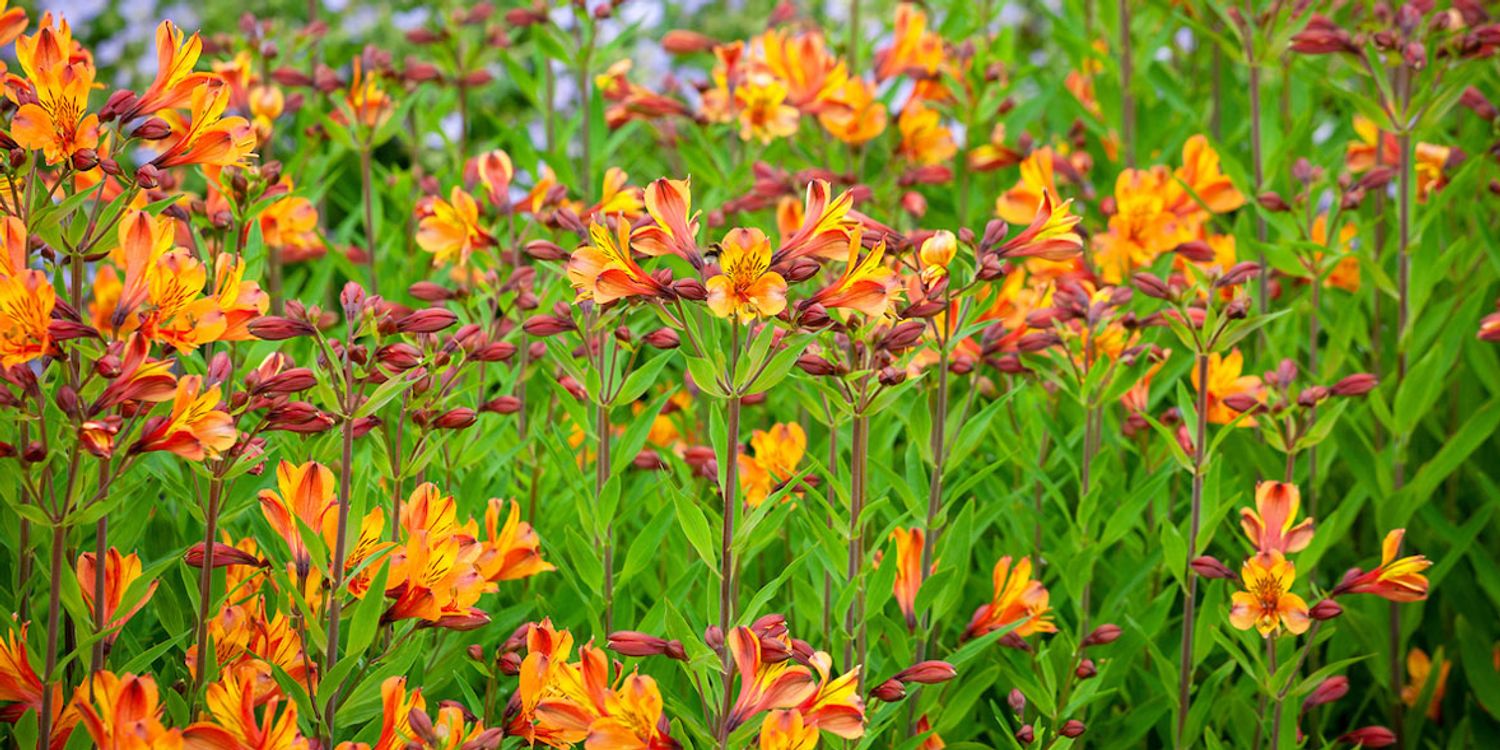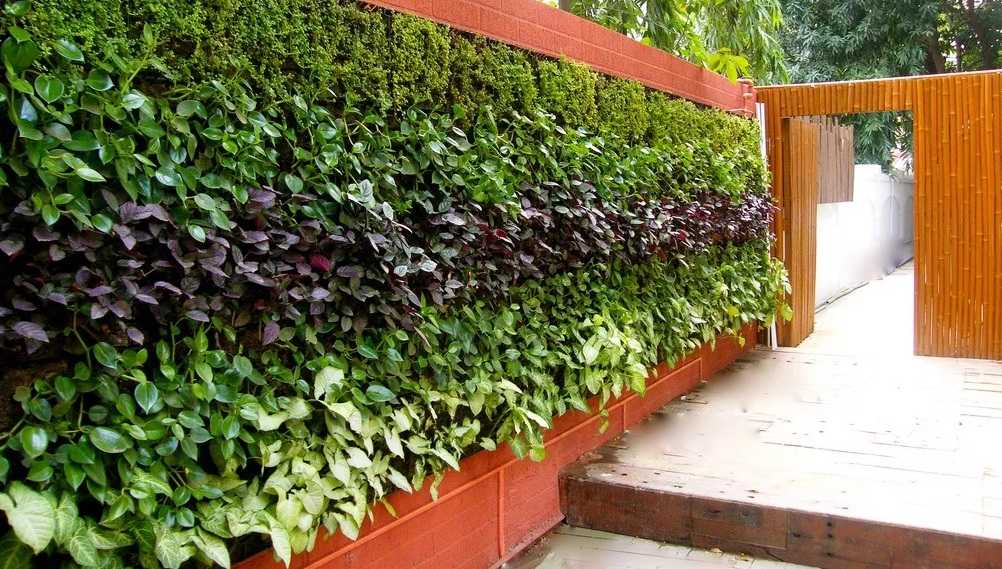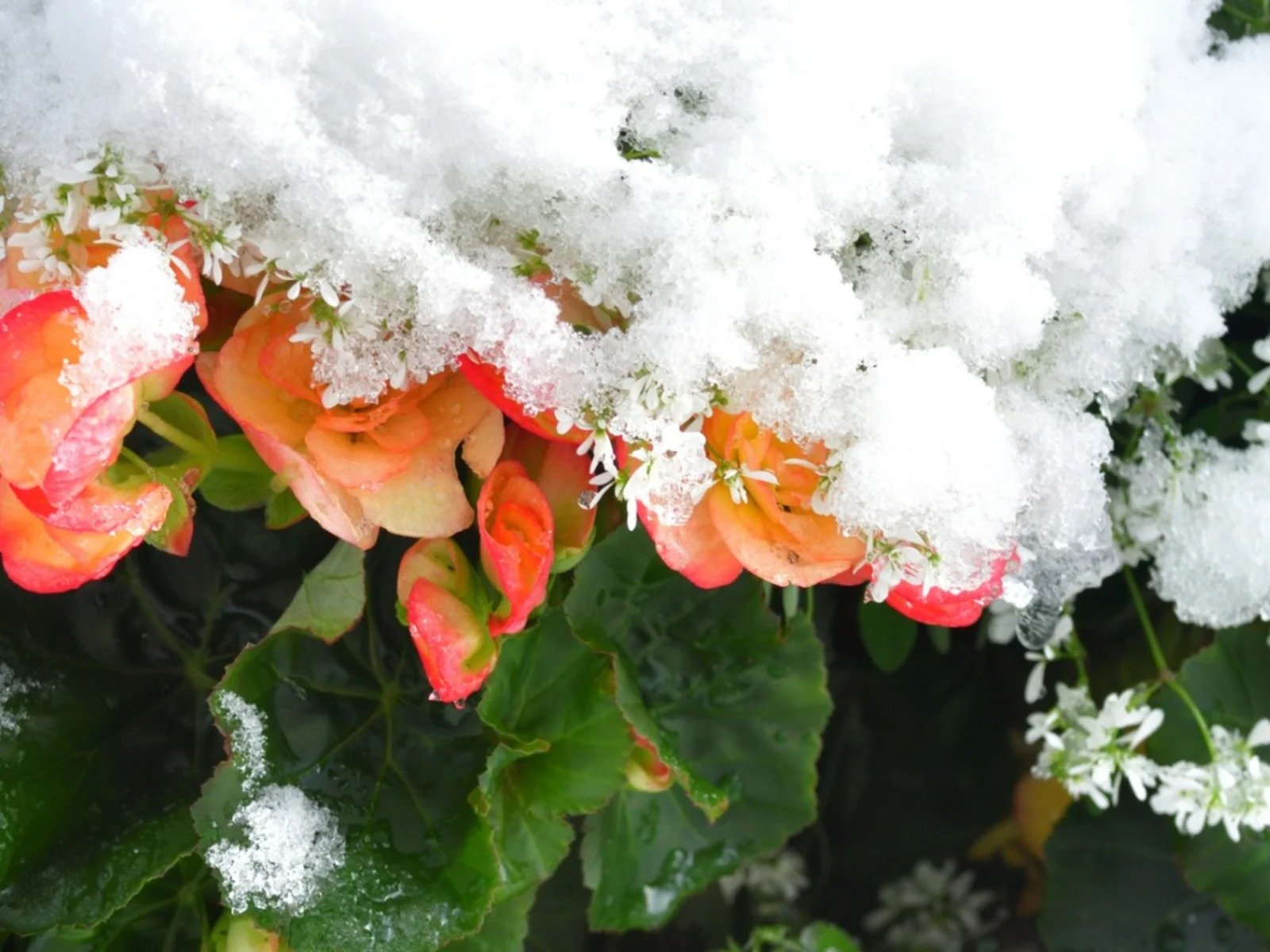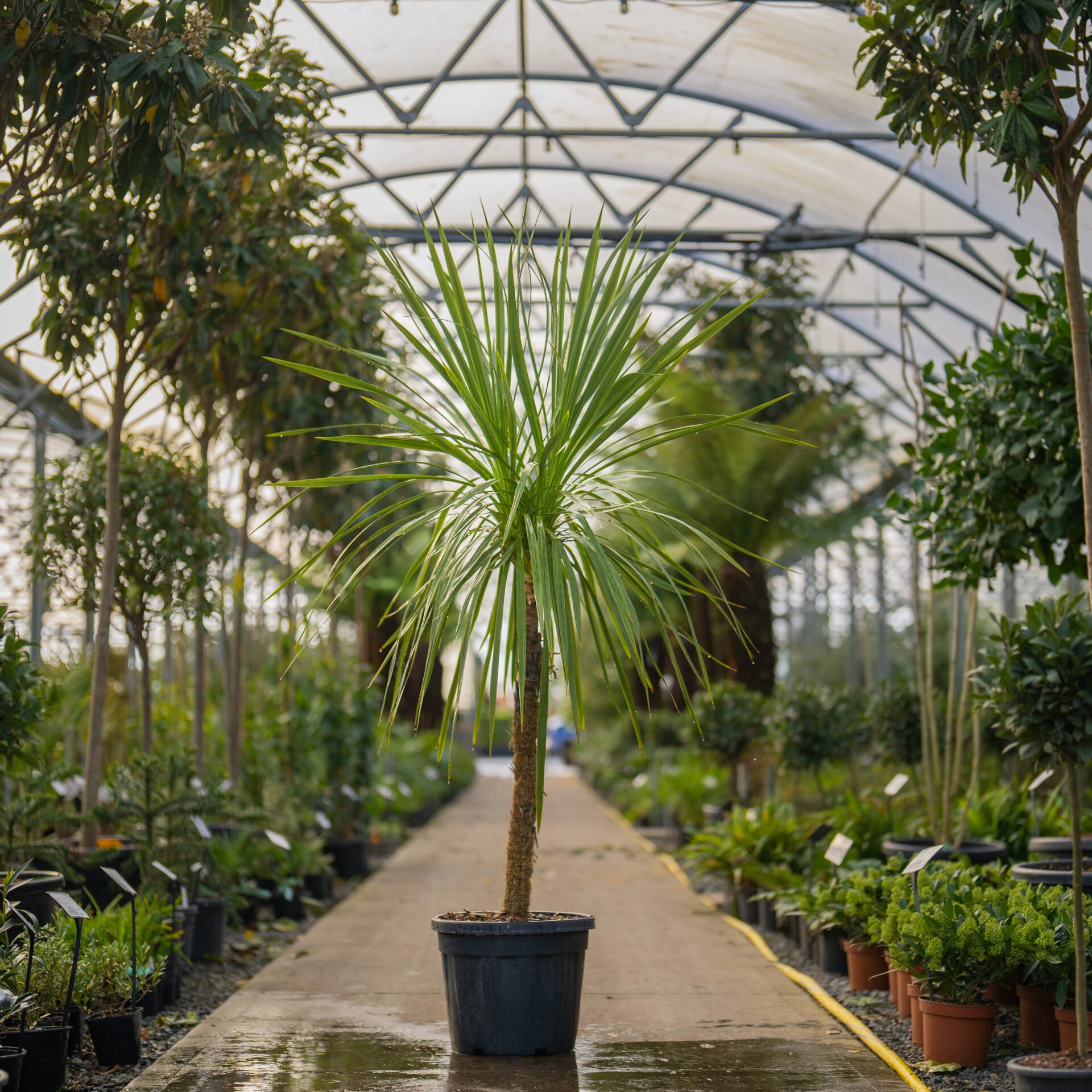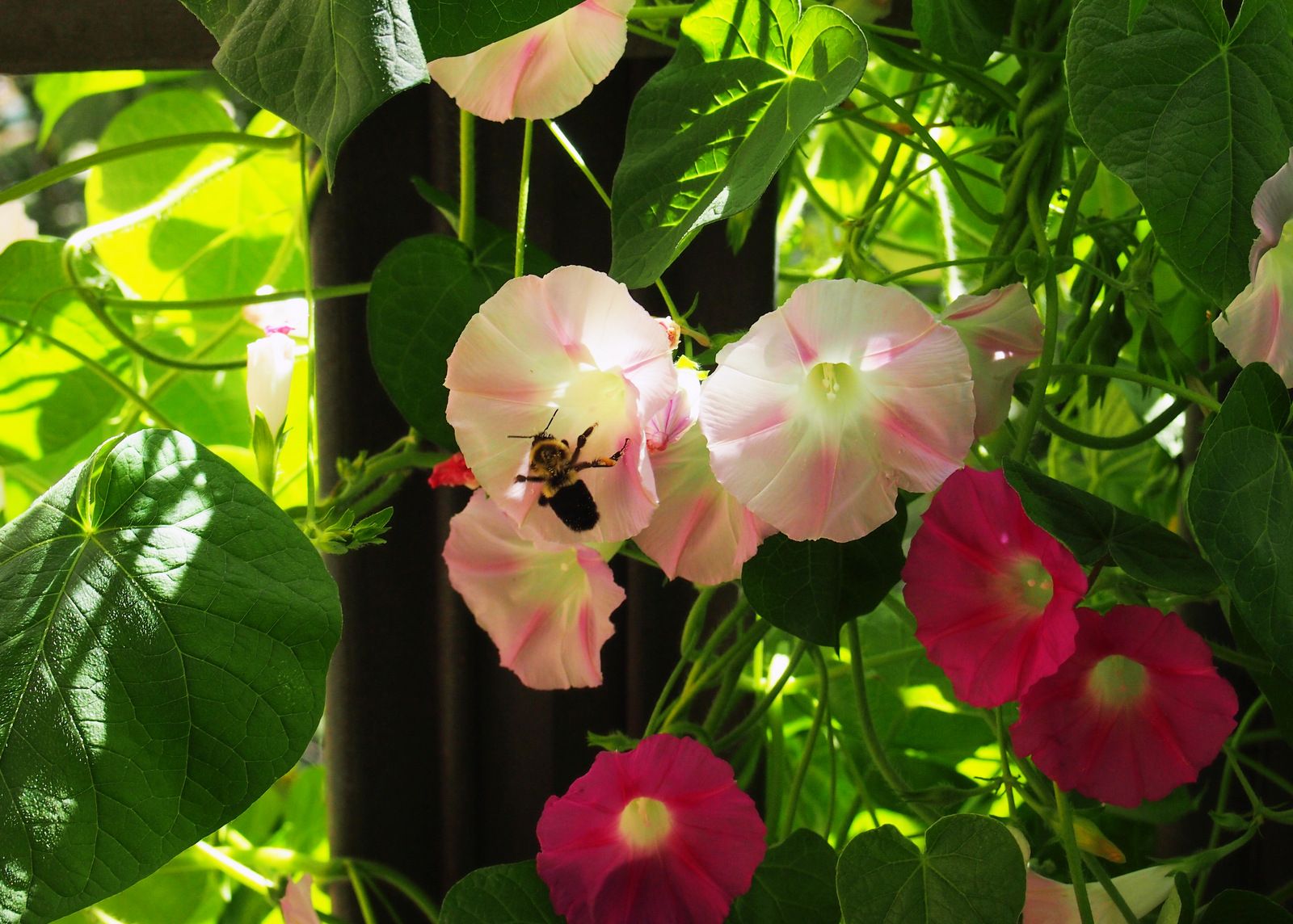When and How to Deadhead Your Gerbera Daisies
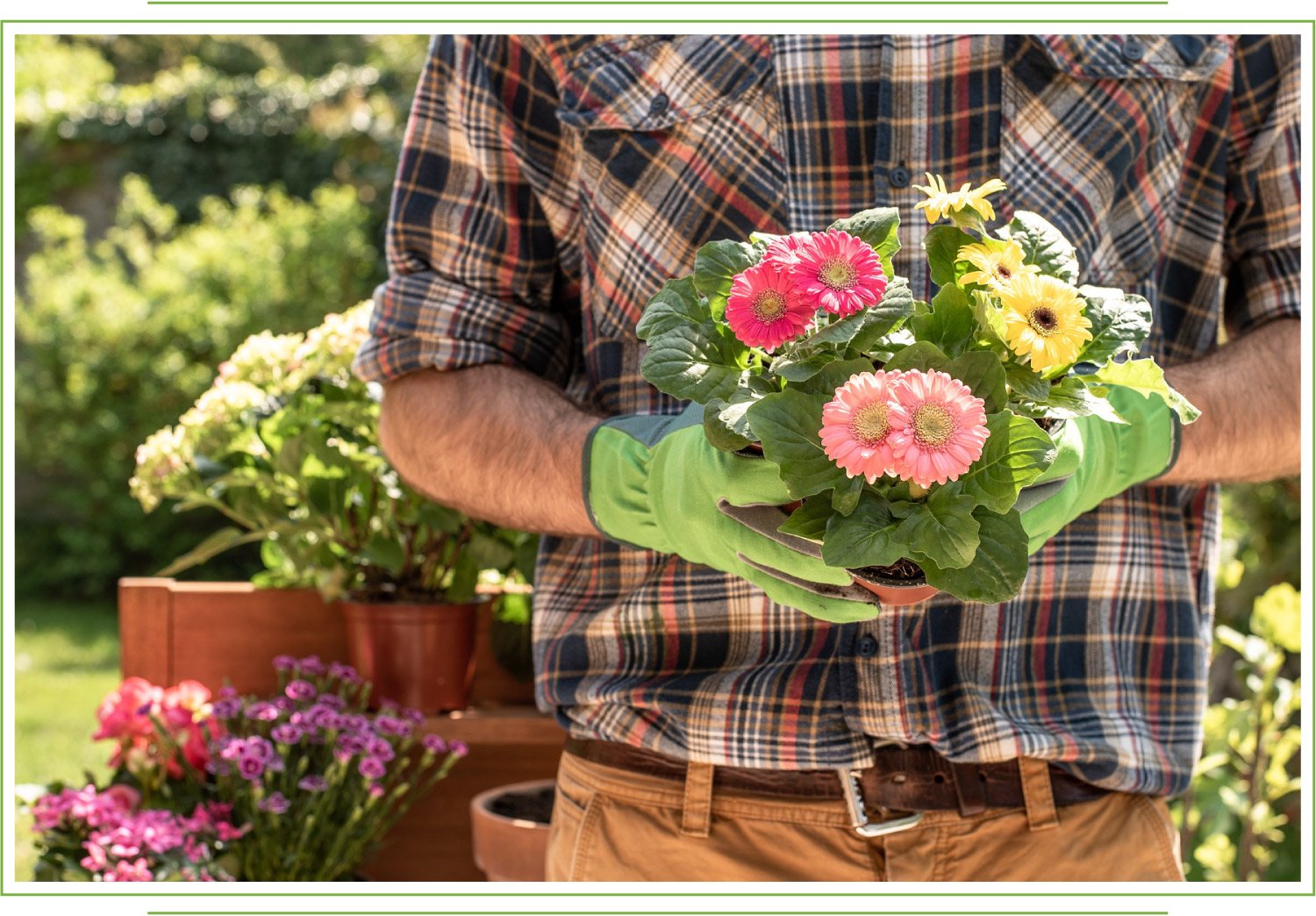
Table of Contents
Gerbera belongs to the family of daisies and is known for its attractive and colourful flowers, which are a wonderful addition to the home and gardens. Daisies are highly ornamental and look magnificent in flower beds, pots, and vases. Gerbera daisies are a great way to add colour to your landscape, as they come in many vibrant colours like red, orange, yellow, pink, white, and cream.
Gerbera are tender perennials that come back every year. These varieties of daisies are easy to grow and maintain, but beheading them at the right time with the right technique to let the plant bloom at its full potential. There are some basic things to take care of while planting gerbera daisies in your garden, as Gerbera daisies thrive best under the full sun but not in extreme heat, so plant them in a spot that gets at least 6 hours a day with good ventilation.
So, if you love this variety and would want to plant them in your surroundings, make sure you know when and how to deadhead gerbera daisies. Here is a quick guide for all gardening enthusiasts and gerbera lovers.
How to Deadhead Gerbera Daisies
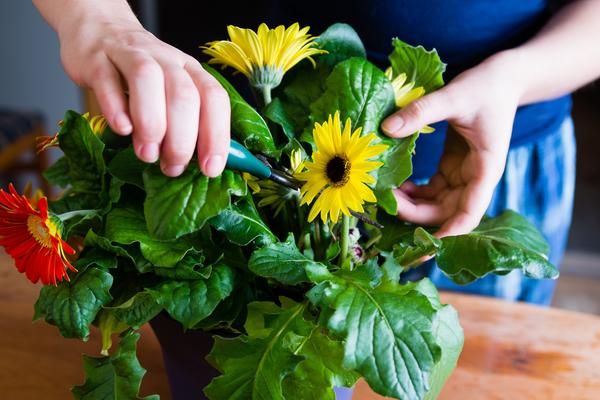
Deadheading flowers means removing or cutting off the old spent blooms to lengthen the blooming period of a plant. Below are the steps listed on how to deadhead gerbera daisies:
Step 1 – Clean the Tools
Clean your scissors or shears with a tool cleaning solution or a sanitiser. You can also create your own solution by mixing 1 part of bleach in 9 parts of water. This may seem unnecessary to you, but doing this will prevent diseases like fungal or bacterial infections from spreading while deadheading the stems.
Step 2 – Prune the Stems
Usually, you have to be very careful not to cut off new buds and other parts of the plants while pruning a plant, but that is not the case with gerbera plants, as it only carries one flower per stem. Just be careful of a few things while pruning the flowers off.
- Spend a good minute inspecting the plant and deciding which flowers should be deadheaded.
- Follow the stem of that particular flower down to its base, which is called the crown of the plant.
- Use a sharp pair of scissors to separate the flower from the base of the stem by making a clean cut.
Step 3 – Trim the Leaves
While you are already on the task of cleaning up, it is a good time to get rid of dead or tattered leaves to keep the plant in its best shape. The shabby-looking leaves can be trimmed with the same scissors or shears or can be pinched by your hands. This will not only make your plant look tidy, but this will also encourage new foliage growth.
Step 4- Fertilise the Plants
After deadheading the flowers, make sure to supply the plant with phosphorus-rich fertilizer. Gerbera daisies are heavy feeders, and they need to be fertilized every other week. A slow-release, liquid fertilizer is recommended to encourage continuous blooming. Fertilizing after pruning will help the plant to recover faster and to get an energy boost to produce more flowers.
Why Deadhead Gerbera Daisies
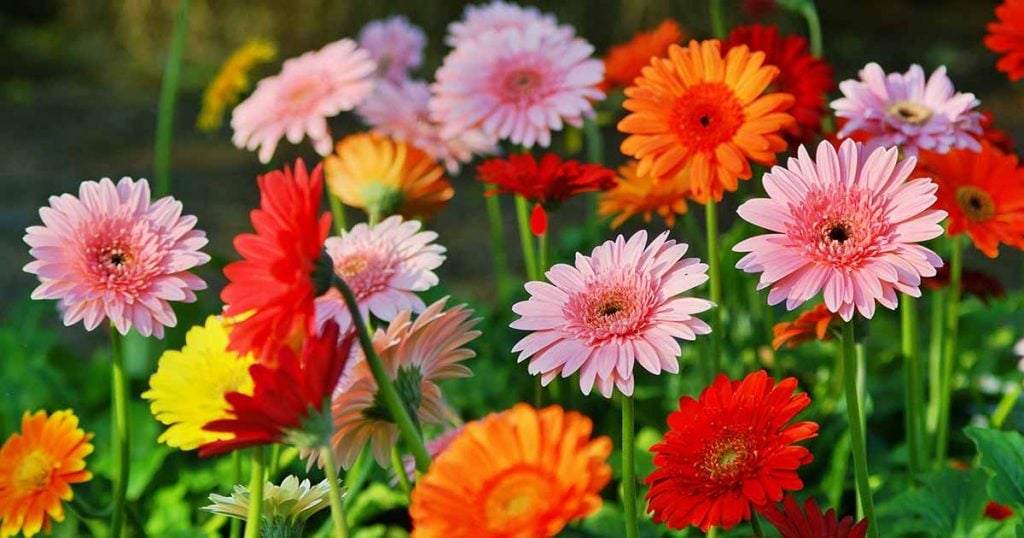
Below are the points listed on why deadheading Gerbera Daisies is important:
- When you deadhead the old flowers, your plant starts looking so much better; the colour of its foliage starts to pop up.
- Old flowers can often be home to pests and diseases that may promote rot in plants. So, it’s important to deadhead the spent flowers for a healthy plant.
- Deadheading flowers also lengthen the blooming time of the plant by helping the plant to bring more new flowers faster.
- When you deadhead a flower, the plant diverts its energy into producing more flowers rather than saving the old and spent ones.
When to Deadhead Gerbera Daisies
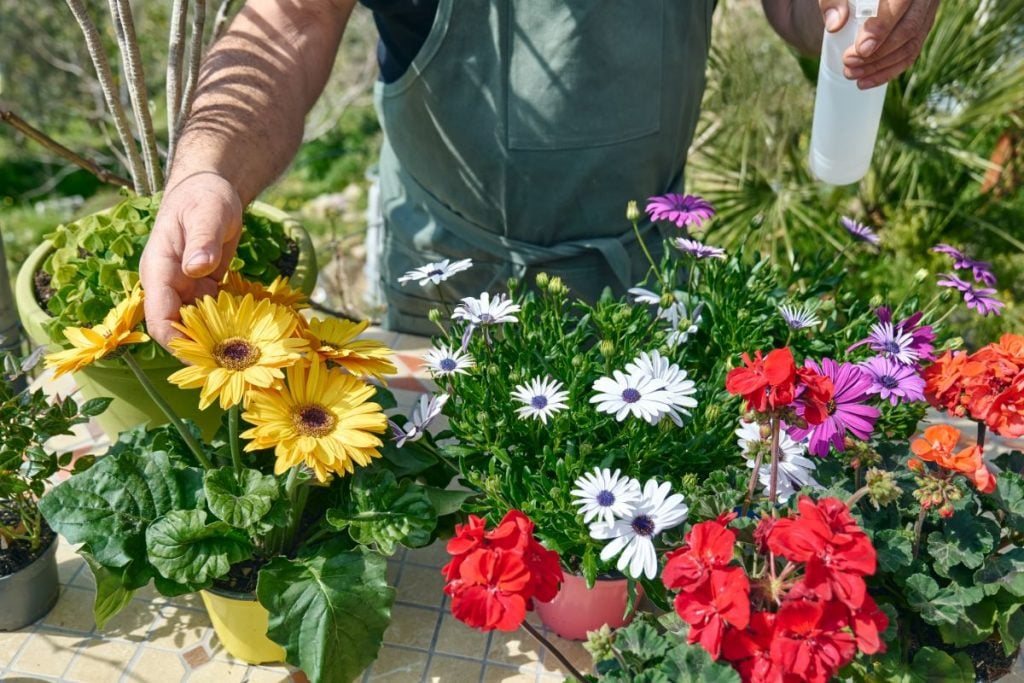
We have a few weeks to enjoy the beauty of the flowers for a couple of days after the blooming season starts and before the process of deadheading starts. The signs that a gerbera daisy plant should be deadheaded are clearly visible; you just need to keep monitoring the growth of your plant. When the flowers start to wilt, but the petals have not fallen yet, that is the perfect time to separate them from the plant. We do not want flowers to produce seeds as it will divert the energy of the plant from flower production, so cutting them off just before that is the smartest thing to do.
There is no fixed time when to deadhead daisies; it can be anytime in the middle of the blooming season. This process can be started as soon as the plant starts showing flowers and repeated every couple of days or whenever you spot a wilting flower. Deadheading continuously will send a message to the plant that its flower production mission is not yet over. To deadhead gerbera daisies at the right time is very important because you don’t want the seeds to develop, which happens once the flowers start getting faded. The flowers which are beheaded at the right time can also be used for their ornamental beauty in vases and bouquets. Once you cut off some flowers, it will take the plant a week or two to bloom with a new batch; repeating this process of deadheading will lead to the production of new flowers throughout the blooming season and even during the fall.
Ways to Use the Deadheaded Flowers
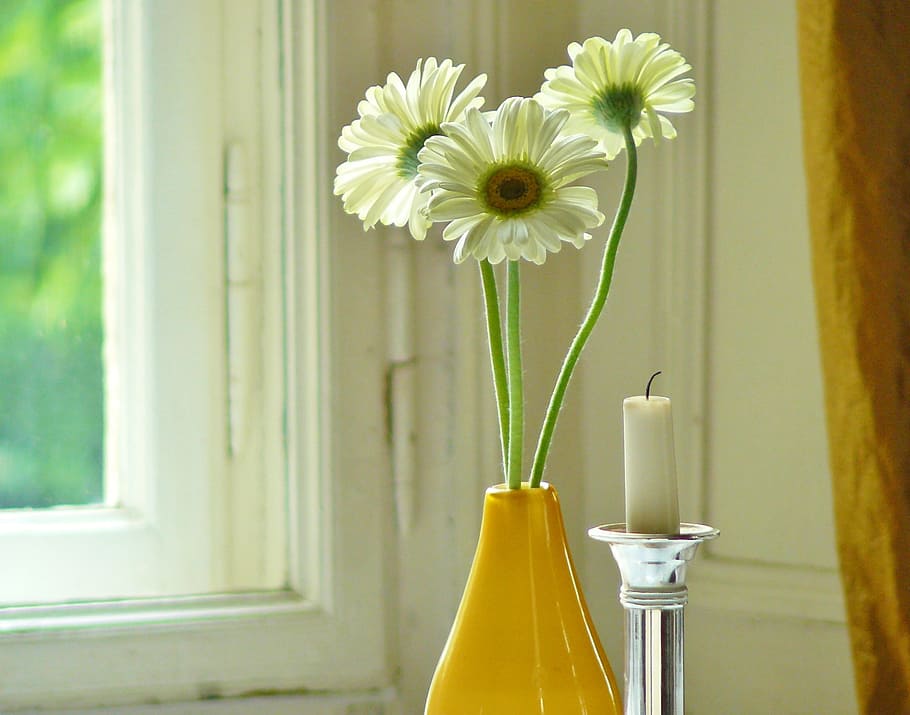
Now that you have separated the wilting daisies from the plant, what do you do with them now? They still look too beautiful and in shape to be thrown away because you deadheaded them before the petals started falling off, so here are some creative ways to use your gerberas.
- These flowers can be used to lift the spirit of your homes and offices by adding a fresh vibe to your surroundings. So transfer them to a vase that is filled with the fourth part of water, and your gerbera daisies will survive at least 12 days.
- Arrange them in a bouquet with other colourful flowers to create a beautiful assemble for gifting your loved ones on a special occasion. These daisies will add a pop of colour to the arrangement.
- Daisies also make a wonderful addition to your art and craft project. Pressed daisies can be used in wall art frames, raisin art, in bookmarks; the options are limitless. Use your imagination to integrate the beauty of these flowers to level up your craft projects.
What Tools You Need to Deadhead Gerbera Daisies
Deadheading gerberas is not a lengthy or complicated process, and you will need very few tools and equipment to carry it out effectively. A small pair of pruning shears or sharp kitchen scissors is all you need to do the job right.
You will need to bring along a container to collect the deadheaded daisies, and you should keep a vase filled with water ready to transfer the daisies into for a colourful display.
5 Things to Keep in Mind While Deadheading Your Gerberas
While deadheading your Gerberas, there are a few things you need to keep in mind, such as:
- Gerbera daisies produce only one flower on one stem. So, it’s best to trim the whole stem off to maintain the shape of your plant.
- Keep inspecting your gerberas at least once a week during the growing season to keep an eye on fading or wilting flowers.
- Know that your gerbera plant will not immediately start producing the other flower after deadheading the previous one; the plant may take some days or a week before delivering new flowers. Do not lose hope and blame yourself for cutting off the flowers in this situation and wait.
- Avoid spraying water on the foliage and flowers while watering the plant, and just provide water to the roots and base of the plant. Water on flowers may make them droopy and slow down their growth.
- While deadheading the flowers, you can also thin out the leaves to access more light and air to the plant. You can just snip off some from the crown, and the light will help the plant get adequate sunlight to produce more blooms.
Summing It Up
All in all, deadheading the gerbera daisies is a must for an entire showy blooming season. The task is very simple, just cut the fading flowers off. There is nothing more to “how to deadhead gerbera daisies”, it is just a simple task with multiple benefits. The whole purpose of deadheading flowering plants is to prolong the flowering period and encourage new flower growth.
They are pretty easy to grow and are low on maintenance, which is best suited for new gardeners. This guide will help you know when and how to deadhead gerbera daisies, but the process will be pretty effortless once you start practising.
Now that you know everything about deadheading your gerbera daisies start planting today for the next blooming season!

